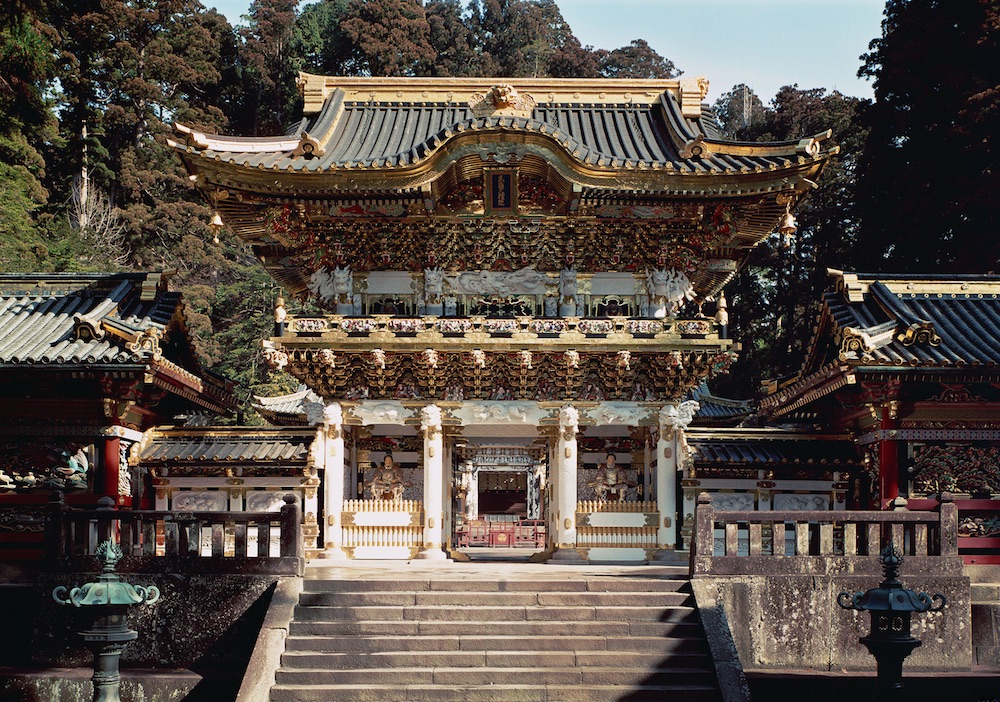Tochigi Prefecture (栃木県) is a medium-sized prefecture, occupying an area of approximately 6,500km2 in the largest open plain in Kanto Region.
Accessible within a few hours from the densely-populated prefectures of Tokyo, Saitama and Kanagawa, Tochigi has become an increasingly popular weekend destination. It’s most distinguished by its 1200-year history and UNESCO World Heritage sites inside Nikko National Park (日光国立公園).
Utsunomiya City (宇都宮市)
Tochigi Prefecture is formed of five districts, 14 cities and around 2 million inhabitants. Its prefectural capital is Utsunomiya City (宇都宮市). And although Utsunomiya doesn’t have any UNESCO World Heritage Sites to boast of – at least not yet – it can be thought of as Japan’s gyoza capital. Utsunomiya-shi is the nation’s biggest gyoza consumer, has more than 200 gyoza resturants and even has a gyoza festival held every November!

Utsunomiya’s gyoza-affair started shortly after World Ward II, when soldiers returned from Manchuria with gyoza recipes and began opening gyoza restaurants across the city.
Nikko City (日光市)
Having such an extensive history means that Nikko is often compared to the historical hotbeds of Nara and Kyoto. Admittedly, these areas offer completely different experiences, but if you’re staying in the Kanto region it is far cheaper and easier to learn about Japan’s history within the Kanto Region. And anyway, Nikko is absolutely worth the short journey.
Nikko, which could be literally translated to “sunlight” – has been at the centre of Buddhist and Shinto mountain worship for centuries. It is Japan’s third largest city and one of the least densely populated – with less than 100,000 inhabitants. The area’s number one destination is Toshugu Shrine (東照宮): the Shrine of Eastern Shining Light. Here, the founder of the Tokugawa Shogunate, Tokugawa Ieyasu, is enshrined as deity Tosho Daigongen.

The area of 東照宮 comprises of eye-catching, extravagant buildings adorned with gold-leaf and meticulously-crafted wooden carvings. Have you heard of one of the most famous ones? “Hear no evil, speak no evil, see no evil.”
One of the best ways to see Nikko’s spectacular scenery is to hike through the Senjogahara Marshlands (戦場ヶ原) of inner Nikko (奥日光) and up Hangetsuyama (半月山) to get a view across Lake Chuzenji (中禅寺湖).
This walking route is especially popular during the autumn months when the landscape bursts with all shades of red, gold, and green.
Nasu Onsen (那須温泉)
The hot spring resort of Nasu Onsen lies on the ascent to Mount Nasudake’s summit. It falls within the realm of Nikko National Park – making it a favoured rest place
Nasu Onsen has seven hot spring, but its main one – Nasu Yumoto Onsen tells an interesting story. Here there is a stone called Sessho-seki, believed to have been the transformation of a きつね (fox) with nine tails.

In Japanese mythology, きつね possessed magical powers, and as they grew older and wiser, they acquired more tails – with a maximum of nine. This means Sessho-seki would have been transformed from the wisest, smartest and strongest fox!
If you are interested in studying Japanese in Tokyo, find out more about our school by filling out the form below.
[contact-form-7 id=”12634″ title=”Inquiry Form_copy”]